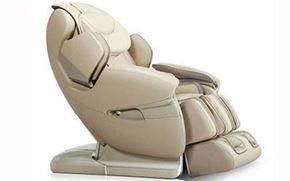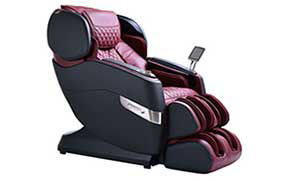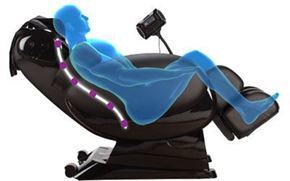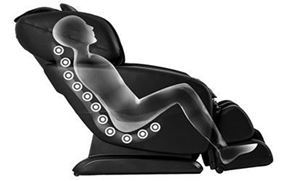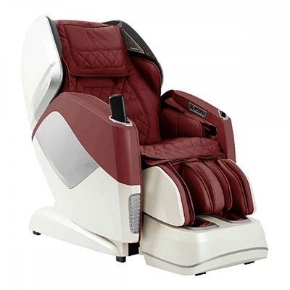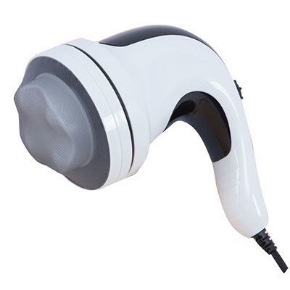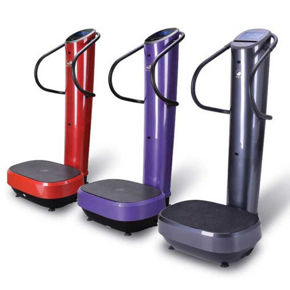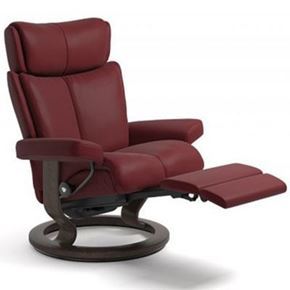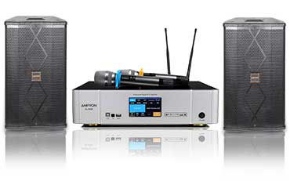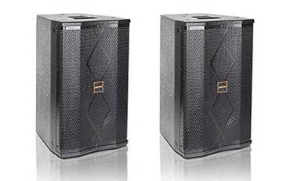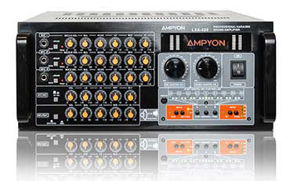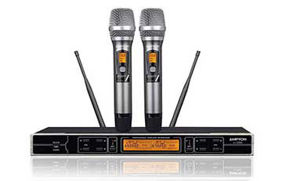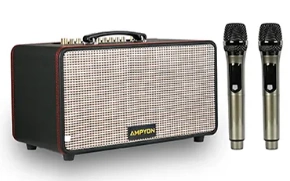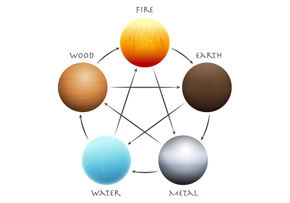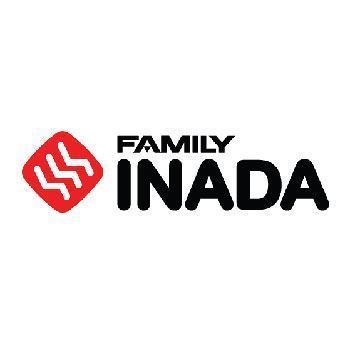When shopping for a karaoke system, you’ll often come across two terms on speakers, amplifiers, and mixers: RMS power and Peak power. These numbers are supposed to tell you how powerful your system is — but what do they actually mean? More importantly, which one should you pay attention to when choosing the right setup for your karaoke needs?
This comprehensive guide will break down the differences between RMS and Peak power, explain how each applies to karaoke systems, and give you practical tips to make informed buying decisions in 2025 and beyond.
🔊 What Is RMS Power?
RMS stands for Root Mean Square — a technical term used to express the continuous power output of an amplifier or speaker. It measures the average amount of power that a device can handle or deliver consistently over time without distortion or damage.
🎯 Why RMS Matters:
-
It reflects real-world performance.
-
It tells you how much power your speaker can output safely and consistently.
-
RMS power is more accurate than peak ratings for determining sound quality and volume capacity.
💡 Example:
If a karaoke amplifier says it delivers 200W RMS, it means it can continuously supply 200 watts of power during regular use — even when playing loud music for extended periods.
🔊 What Is Peak Power?
Peak power refers to the maximum power level a device can handle or output for a short burst — like during a dramatic chorus or loud shout in karaoke.
⚠️ Important Notes:
-
Peak power only lasts for milliseconds.
-
It’s useful for handling sudden spikes in sound, but not sustainable for long.
-
Peak ratings are often used in marketing to make systems sound more powerful.
💡 Example:
A speaker with a peak rating of 600W might only be able to hit that output for a few milliseconds during a loud music climax — not ideal for prolonged high-volume playback.
📊 RMS vs. Peak Power: Core Differences
| Feature | RMS Power | Peak Power |
|---|---|---|
| Meaning | Continuous, average power | Maximum short burst of power |
| Use Duration | Sustained over long periods | Only during brief surges |
| Accuracy | More realistic measurement | Often exaggerated in specs |
| Application | Determines safe operation | Helps understand power tolerance |
| Common Misuse | Sometimes confused with "max" | Frequently used for marketing appeal |
🎤 Why RMS Is More Important for Karaoke
Karaoke is dynamic — singers hit soft verses and explosive choruses, often back-to-back. You want your system to:
-
Handle sudden loud vocals without distortion
-
Deliver consistent sound through the entire song
-
Avoid cut-outs or overheating during extended use
That’s why RMS power is the more critical spec. It gives you a reliable idea of how your karaoke system will perform in real conditions — especially when multiple people are singing over loud backing tracks.
🔍 Decoding Speaker and Amp Specs
Let’s say you see this spec on a karaoke speaker:
“800W Peak / 300W RMS”
Here’s what it tells you:
-
The speaker can handle 300 watts of power continuously
-
It can tolerate a momentary spike up to 800 watts
-
You should pair it with an amplifier that delivers up to 300W RMS, not 800W
🛑 Mistake to Avoid: Buying a 600W RMS amp for a 300W RMS speaker. This can overload and damage the speaker even if it doesn’t hit 800W.
🔧 How to Match RMS Power Correctly
🔌 1. Match RMS to RMS (Not Peak to Peak)
If your amplifier delivers 250W RMS per channel, use speakers that can handle 250W RMS comfortably.
🔁 2. Allow 10–20% Headroom
To avoid pushing equipment to the limit, leave a little buffer. For example:
-
If your amp is 250W RMS → use a speaker rated at 275–300W RMS
This prevents distortion, overheating, and long-term damage.
⚡ 3. Don't Confuse Total System Power
Many systems list “1000W” — but that could mean:
-
500W per speaker peak, or
-
250W RMS per speaker (more realistic)
Always check the per-channel RMS rating, not the system total.
🎚️ RMS and Karaoke Mixing Amplifiers
Mixing amplifiers in karaoke systems play a dual role:
-
Amplify the music
-
Process and amplify vocals through microphones
Because of this, RMS power becomes essential for:
-
Avoiding mic feedback and distortion
-
Maintaining clarity when both music and vocals hit loud sections
-
Supporting multiple microphones without loss of power
If your amp has 200W RMS per channel and two singers are belting high notes with loud backing tracks, you're already pushing its limit. Opt for higher RMS if you want more headroom.
🎛️ RMS and Digital vs. Analog Amps
In karaoke:
-
Analog amplifiers often quote true RMS more accurately.
-
Digital amps can inflate peak power in advertising, while actual RMS is lower.
Look for systems that clearly separate RMS and Peak power in their specs. This transparency is a good indicator of product quality.
🎉 Real-World Scenarios
✅ Scenario 1: Small Apartment Karaoke
-
Speaker: 100W RMS
-
Amp: 80–100W RMS per channel
-
Usage: Light family singing, moderate volume
✔️ Perfect match, no overkill, good sound quality
✅ Scenario 2: Backyard Party or Garage Setup
-
Speaker: 300W RMS, 800W Peak
-
Amp: 250–300W RMS per channel
-
Usage: Up to 3 mics, high-energy songs, longer sessions
✔️ Needs full RMS performance to avoid clipping
❌ Scenario 3: Buying Based on Peak Only
-
Speaker: “1000W” (peak), no RMS listed
-
Amp: 500W RMS per channel
-
Usage: Regular karaoke + parties
⚠️ Danger of mismatching! If RMS is only 300W, you could blow the speaker
🔥 RMS and Subwoofers in Karaoke Systems
Bass is a key part of modern karaoke music — from hip hop to dance remixes. If your system includes a powered subwoofer, pay close attention to its RMS rating:
-
Subwoofers should deliver at least 200W RMS for home use
-
In larger rooms, look for 400–800W RMS subs for punchy bass
-
Avoid subs that only list peak power (misleading)
Remember: Weak bass equals weak karaoke energy.
🧠 Myths & Marketing Tricks to Watch For
| Claim | What It Might Mean |
|---|---|
| “1000W of Karaoke Power!” | Probably peak power across all components |
| “Up to 500W per channel” | May not list RMS at all |
| “Max output 1200W!” | Could be momentary peak with distortion risk |
✅ Tip: Always ask the seller or manufacturer:
“What is the RMS per channel at 8 ohms?”
🛍️ What to Look For in Product Specs
Before you buy:
-
Look for clear RMS ratings for both amp and speakers
-
Make sure impedance (ohm) matches (usually 4 or 8 ohms)
-
Favor brands that show RMS + Peak side-by-side transparently
-
If you can't find RMS specs → ask or be cautious
🏁 Final Takeaways
✅ RMS Power = Real Power
-
Use it to match speakers and amps safely
-
Reflects long-term performance and clarity
⚠️ Peak Power = Marketing Number
-
Good to know, but not for buying decisions
🎤 In Karaoke, consistent volume and vocal clarity matter more than brief spikes. RMS is your go-to metric.
🎯 Summary
| Feature | RMS Power | Peak Power |
|---|---|---|
| Type | Continuous / Real-world | Short burst / Theoretical |
| For Buying? | ✅ Yes — use to match components | ⚠️ No — don't use alone |
| Karaoke Value | Essential for vocal clarity & mix | Useful for momentary peaks only |
| Risk of misuse | Low if matched correctly | High if used as only reference |
With this knowledge, you're now ready to decode the specs and choose a karaoke system that sounds as good as it looks — no distortion, no surprises, just pure musical fun.

